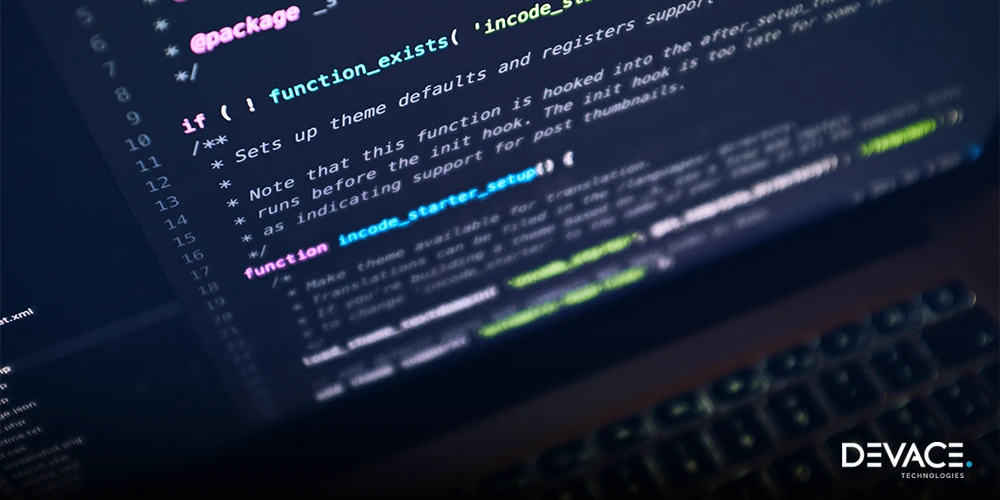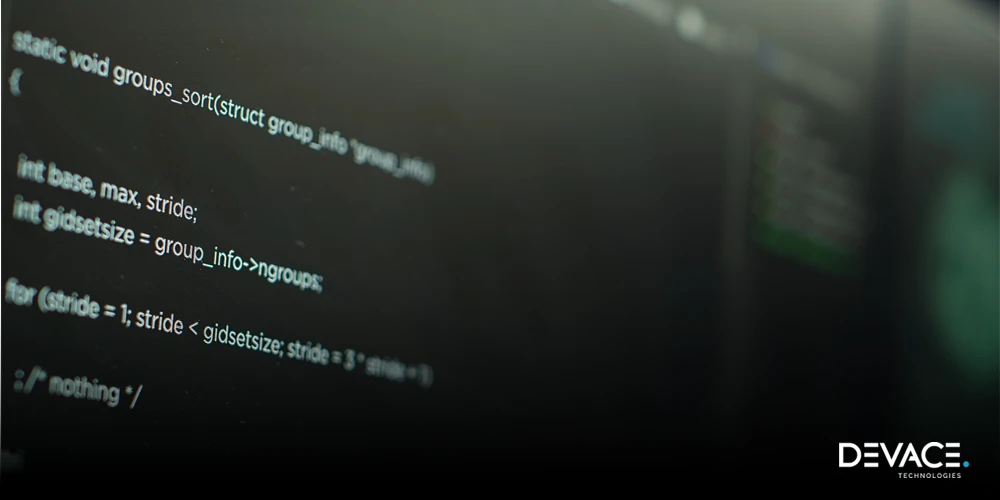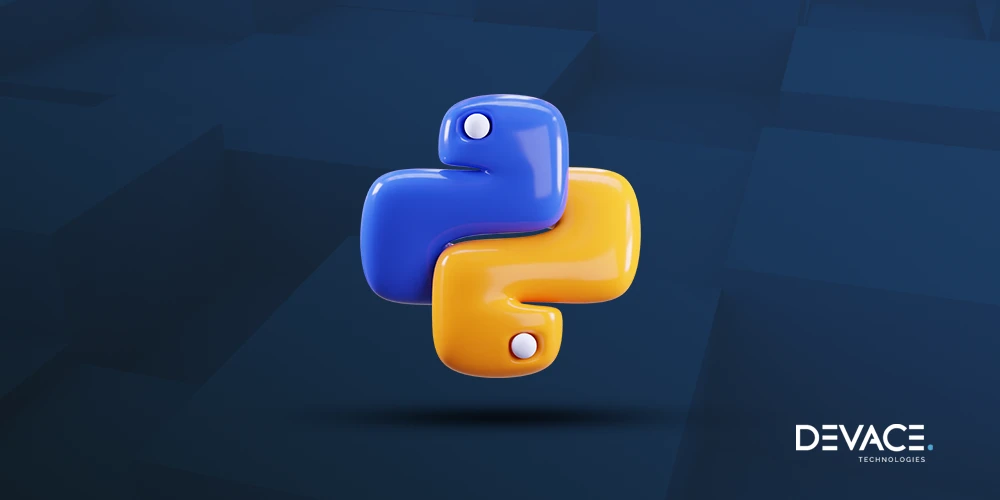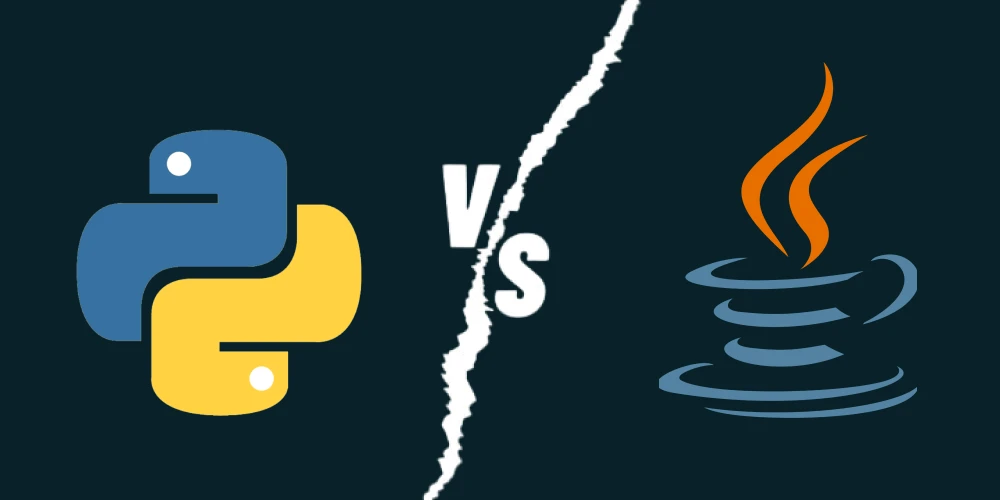Python is popular among developers because of its numerous frameworks and multiple Python GUI libraries which help in the creation of dynamic user interfaces. Although, with various libraries, it can become difficult to choose the best one.
So, in this blog, we will help you by discussing the top Python GUI frameworks and their utility. But first, let’s discuss the benefits, uses, brief introduction and how you can select the right one among numerous Python GUI libraries to make your project the next success story.
Without further ado! Let’s get started!!
What are Python GUI Libraries?
Python Library or PyGUI offers an easy-to-use interface for developers containing different GUI elements that help in the development of Graphical User Interfaces (GUIs).
Benefits of Python GUI Libraries
Python GUI frameworks help develop GUI with simplicity and flexibility. Its top benefits are given below:
- Rich set of widgets.
- Multiple tools.
- Lightweight & flexible.
- Beginner friendly.
- Suitable for simple GUI apps.
- Rapid development.
- Cross-platform compatibility.
Let’s see some of the uses of the Python GUI frameworks so that you can understand their application better.
Uses of Python GUI Libraries
Some of the common uses of Python GUI frameworks are given below:
- Development of feature-rich desktop apps.
- Best for the creation of a highly interactive interface.
- Building custom graphical interfaces for data visualization apps.
- Swift development of the prototype.
Cannot choose the best GUI library? We will not only choose one but provide end-to-end development solutions.
Although, all Python GUI libraries have their applications. So, some of the factors you should consider while choosing the GUI library for your next project are given below.
Key Factors to Consider in Choosing Python GUI Libraries
Choosing among the best Python GUI frameworks is not easy but there are certain things you can consider before you select one.
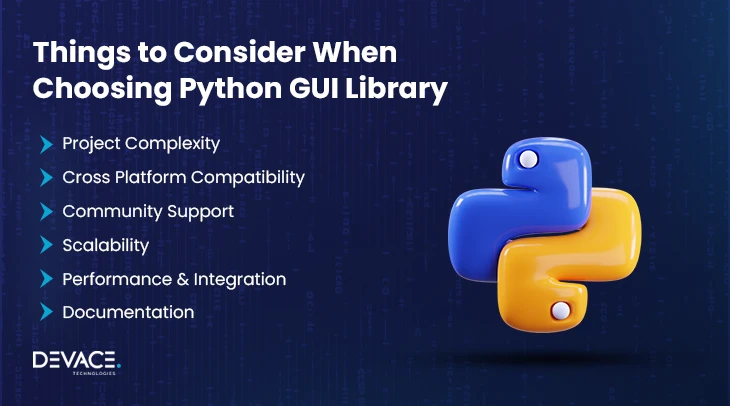
You can choose the right one among the Python GUI frameworks by considering the factors above.
Now let us tell you about the top seven Python GUI Libraries!
Top 7 Python GUI Libraries
Python, being one of the top programming languages, also facilitates the development of seamless GUIs with the help of Python GUI frameworks.
So, the top seven GUI libraries are given below:
1. Tkinter
TKinter is open-source and known for its simplicity. It comes pre-installed in Python which means there is no work from the developer’s end.
Features of Tkinter
It is a standard Python GUI library that contains tools & widgets for desktop app development. Some of its features are given below:
- Straightforward: It has a straightforward syntax making it highly beginner-friendly for GUI application development.
- Lightweight: Tkinter is present in Python’s standard library making it easily accessible and lightweight.
- Widgets: It offers visual elements called widgets which come with different levels of customizability.
- Best for Basic GUIs: It is best for medium to small-sized projects because of simple graphical user interfaces.
- Portable: Tkinter is fully portable for Windows, Macintosh, and Linux platforms.
Ideal Use Case
Its simplicity and ease of use make it an ideal choice for quick prototyping and simple app development.
Pros & Cons of Tkinter
Some of the advantages and disadvantages of Tkinter are given below:
| Pros | Cons |
|---|---|
| Superb documentation | Limited built-in widgets |
| Flexible but stable | Less modern appearance |
| Lightweight and simple | |
| Bundled with Python |
The second we have on the list is Kivy which is also one of the widely used libraries for the development of apps.
2. Kivy
Kivy is an OpenGL ES2 accelerated framework used by developers to build GUI apps. It is highly useful for mobile app development and other multitouch app software development.
Mainly, because of the 20 widgets in its toolkit which makes it flexible for building an intuitive user interface.
Features of Kivy
Some of the best features that make it a top choice for GUI development of an app are:
- Cross-platform: The applications built on Kivy can run on multiple platforms such as Windows, Linux, macOS, iOS & Android.
- Open source: Kivy is free to use which means it is accessible to developers of all levels.
- Flexible: It is super for building an interactive user interface with its wide range of widgets and tools.
- Multi-touch interface: Best for the development of touchscreen devices because of built-in support for multi-touch interface.
Ideal Use Case
It is superb for the creation of cross-platform, modern apps with responsive user interfaces, mostly used in game development.
Pros & Cons of Kivy
Kivy as one of the top Python libraries has its pros and cons:
| Pros | Cons |
|---|---|
| Easy to learn | Lack of community support. |
| Open source | Poor documentation. |
| Cross-platform | Considerable package size. |
The next one we have is the most beloved PyQT cherished by developers for its quick GUI development.
3. PyQT
PyQT is used by developers for large-scale GUI application development because of its efficient development. Its robust and versatile GUI toolkit contains a wide range of features & capabilities.
With over 600 classes, it can meet a wide range of needs, thus making it an excellent choice for building visually stunning GUI apps.
Features of PyQT
The features which make it count among the best Python GUI frameworks are given below:
- Stability: PyQT is widely used to ensure stability and reliability.
- Documentation: Detailed documentation makes it easier to find resources & help.
- Modern Design: With features like CSS styling & animation, developers can design modern and visually appealing apps.
- UI Components: PyQT contains various UI components to enrich the solution developed in it.
Ideal Use Case
It is best for the development of feature-rich and powerful desktop apps that can run on various operating systems (Windows, macOS, and Linux).
Pros & Cons of PyQT
Some of the benefits that make its use common among Python GUI projects are given below.
| Pros | Cons |
|---|---|
| Robust and versatile | Requires separate installation |
| Active community | Lack of Python-specific documentation |
| Feature-rich tool kit | Steep learning curve |
Now after PyQT, moving forward, we have PyGUI which is known for its user-friendliness.
4. PyGUI
The PyGUI is an ideal choice for Python developers because of its efficiency which helps in rapid prototyping. Although, it is not the best for the development of complex apps.
However, using Py GUI modules along with Python helps in the development of intuitive apps.
Features of PyGUI
Below we have jotted down the best features that help in the development of attractive apps.
- Simplicity: PyGUI supports the quick development of apps because of its simple & straightforward syntax.
- Lightweight: It is minimalistic and suitable for simple projects and prototyping.
- Basic functionality: It is suitable for apps that require no advanced features & complex designs.
- Cross-platform development: The apps made in PyGUI can be deployed on various platforms (Windows, macOS, and Linux.)
Ideal Use Case
If you need a user-friendly and intuitive app then PyGUI should be your ideal among the Python GUI frameworks.
Pros and Cons of PyGUI
The advantages and disadvantages of the PyGUI are given below:
| Pros | Cons |
|---|---|
| Lightweight | Lack of documentation |
| Easy to learn | Weak community support |
| Rich in widgets and tools | Limited features |
After PyGUI, we have wxPython which offers diverse tools for the development of desktop apps.
Hire Python Developers from Devace to build highly interactive & feature-rich apps.
5. wxPython
Among GUI libraries for Python, another one is wxPython which makes it easy to create native-looking UIs.
Like some other Python GUI frameworks, it is used in the creation of apps for Linux, macOS, and Windows.
Features of wxPython
Some of the best features of wxPython are given below:
- Widgets: It has several good-looking widgets present without any need for customization.
- Flexible: wxPython has a flexible GUI framework.
- Lightweight: It is developed to be minimalistic and suitable for simple and rapid prototyping.
Ideal Use Case
It is best for the development of simple GUI applications that do not need advanced features.
Pros & Cons of wxPython
The advantages and disadvantages of wxPython that can help you better understand its viability for your project are given below.
| Pros | Cons |
|---|---|
| Stable GUI toolkit | Small number of users |
| Cross-platform | Needs installation with a pip |
| Open source |
Next, we have Libavg, which is used for the development of vector graphics in the graphical user interface.
6. Libavg
It is one of the finest Python GUI libraries used for the development of Android and iOS apps for modern touch-based devices. This framework includes key features for mobile phones such as animation, and text alignment, etc.
The Libavg is connected indirectly with different famous Python web frameworks.
Features of Libavg
The superb features of Libavg are given below:
- Best for mobile apps: It is built for the addition of features to mobile applications.
- Widgets: It has many features and widgets for seamless development.
Ideal Use Case
It has awesome control over multimedia elements therefore best for building an immersive user experience. Also, it can be vital for educational software development and media applications.
Pros and Cons of Libavg
Some of the advantages and disadvantages of Libavg are given below:
| Pros | Cons |
|---|---|
| Offers support for multiple GUIs backend | Limited documentation |
| Support Animation | Poor community support |
| Best for touch screens | |
| Support for 2.7 and 3 |
The last one we have in our bucket is Streamlit.
7. Streamlit
Streamlit helps in the development of awesome displays for your data and the creation of programs related to machine learning.
Features of Streamlit
The features that make Streamlit one of the top choice of developers are given below:
- Simple Interface: It supports easy web app development.
- App Customization: Provides a range of elements (sliders & graphs) for app customization.
- Easy Updates: Code changes are updated instantly without refreshing.
Ideal Use Case
It is best for the development of dashboards that enable users to visualize and explore data in real-time.
Pros and Cons of Streamlit
Streamlit pros and cons are given below:
| Pros | Cons |
|---|---|
| Rapid development | Not scalable |
| Active community | No advanced UI components |
| Intuitive interface | Lack of customization options |
Now you know all about Python GUI frameworks including the top seven ones. So let us tell you what advantages you can leverage by choosing the right library.
Advantages of Choosing the Best Python GUI Library
You can choose one among the Python GUI libraries and have the following benefits given below:
High Productivity
If you pick the right one from the list of GUI libraries for Python, then you can streamline the development process and save time and effort.
Cross Platform Compatibility
This increases your reach and simplifies the process of maintenance by providing support for multiple operating systems.
Robust Community Support
Some Python GUI libraries have community support, some don’t but try to go for one that has active community support.
Wrapping Up
With the help of these Python GUI libraries, you can build an outstanding GUI and some of them have cross-platform GUI toolkits. That means there is no limit to what you can do and achieve.
But before you decide to choose and use the best one among Python GUI frameworks. Just jot down your needs and select the one that suits you. Because you don’t want to find yourself in a situation where the selection of the wrong framework ruins your projects, wasting away your resources, time, and money.
Confused? Let Devace Technologies Help You
If you cannot select the best one among the Python GUI libraries for your project.
Then let Devace Python experts help you not only in choosing the best library but utilizing it to build a seamless GUI. All you have to do is tell us your needs by contacting us at info@devacetech.com.
Frequently Asked Questions
Which is the easiest Python GUI library?
Tkinter is considered the simplest and the easiest Python library and it comes with Python, requiring no additional installation. Also, providing a simple interface to help you create basic graphical applications thus making it a popular choice among beginners.
Which GUI Library of Python is best for desktop app development?
PyQt is best for the development of high-performance desktop applications with powerful features containing widgets and tools.
Is Tkinter the best for my project or PyQT?
The choice between PyQT and Tinker is going to depend upon your project needs whereas Tkinter is simple for beginners and suitable for small projects. However, PyQT is more detailed to support complex interfaces and is good for big projects.
Which is the best for my project Kivy or Tkinter?
If your solution needs a multi-touch interface with cross-platform compatibility, then Kivy is the best choice for you. Whereas Tkinter can be best for simple, and traditional desktop apps.
Can I use Python GUI frameworks to develop mobile applications?
Of course, you can use Python GUI frameworks for building robust mobile apps such as Kivy and BeeWare. However, BeeWare supports mobile app development with its toolkit, and Tkinter and PyQt are generally best for desktop app development.
Why Python is a good option for GUI development?
Due to its flexibility, simplicity, and readability Python is a good option for GUI development. Also, its third-party frameworks and standard libraries have robust tools and pre-built components for the creation of dynamic interfaces.
